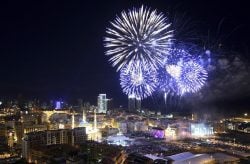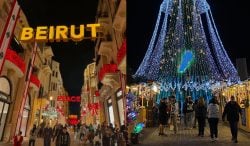Five of the Most Ubiquitous Themes in Lebanese Cinema
Movies reflect the times we live in, which explains why most of the films coming out of Lebanon over the past four decades revolve around the civil war, and the concepts of displacement, reconstruction, closure, and conflict. But these themes have become so prevalent that they now border on the predictable (and the boring). At the risk of over-generalizing, we present five of the recurring themes and topics that have defined and shaped Lebanese cinema in recent years, achieving major milking status in the process.
1. The Civil War
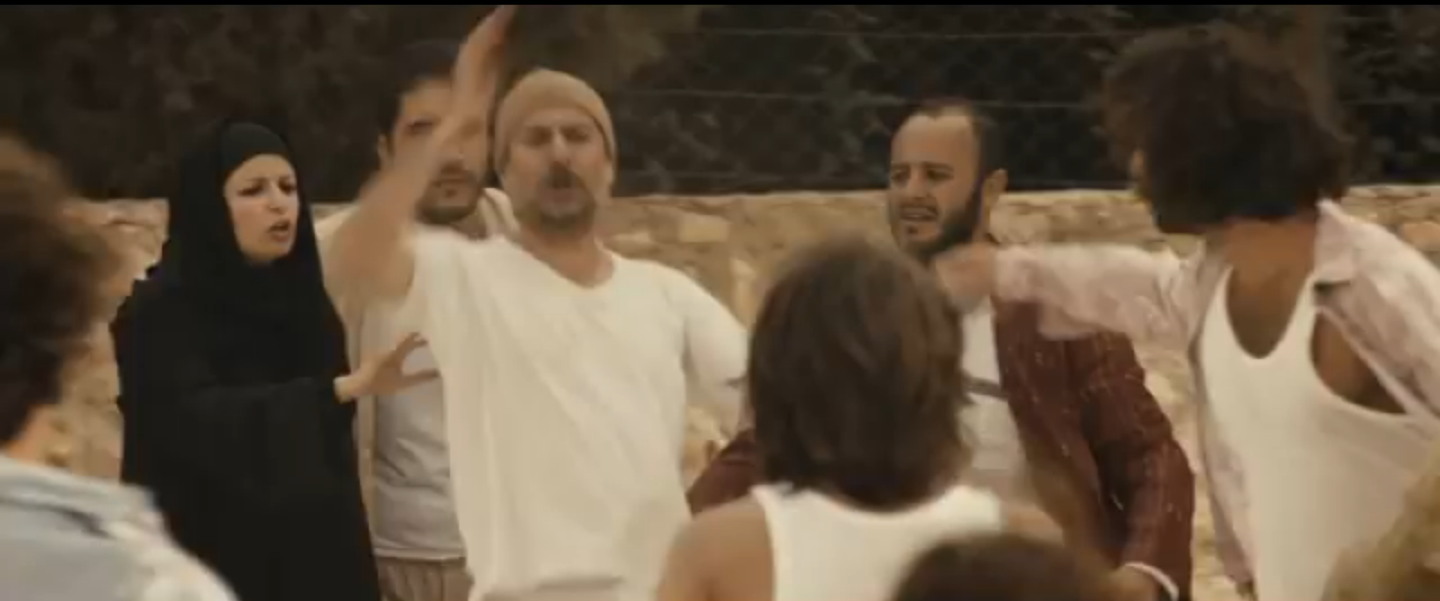
A screen grab of the movie Zozo
Notable examples: West Beirut, Phantom Beirut, Zozo.
We’d be remiss not to include this theme at the number one spot of our non-countdown, considering how ubiquitous it’s been in Lebanese cinema since 1975. Art imitates life, so it’s not surprising that so many filmmakers have such an affinity for one of the most traumatizing periods of the country’s history, unperturbed by the fact that it’s already been done six ways to Sunday. Arguably the best and most popular example (among a plethora of war films): Ziad Doueiri’s “West Beirut,” which has achieved cult status after it came out in 1998.
2. Post-War Trauma
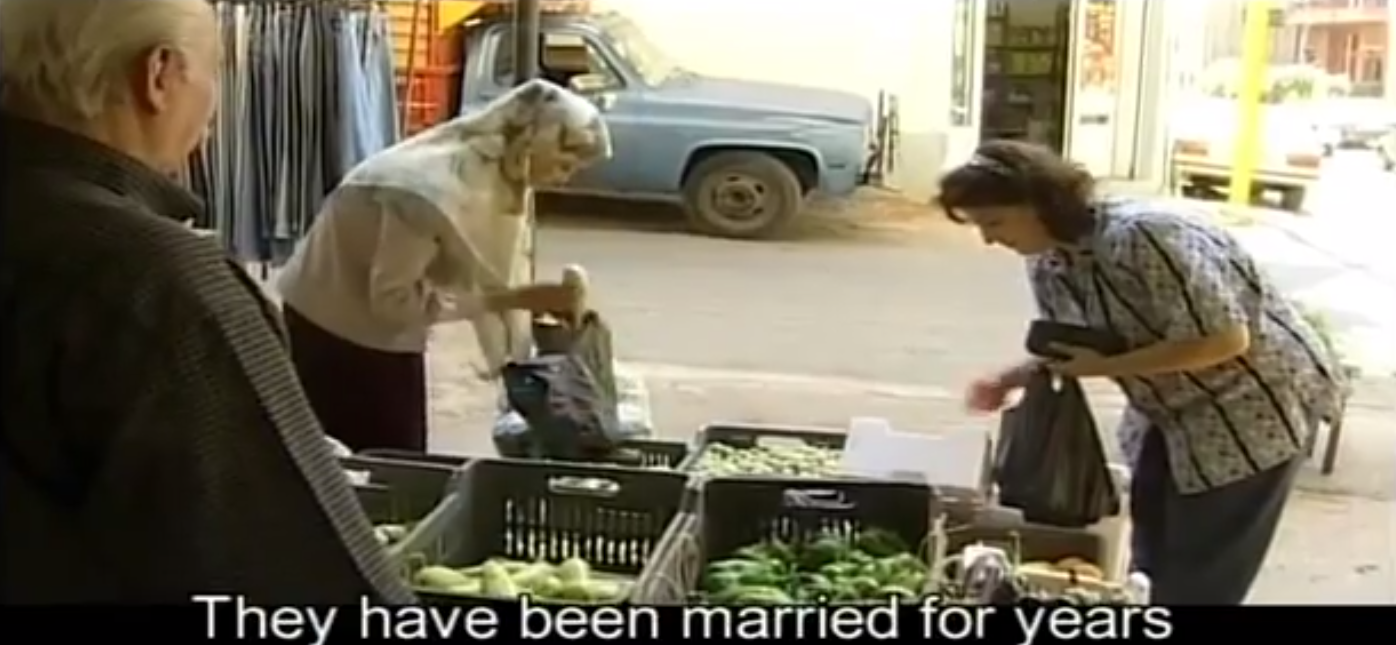
A screen grab of the movie, “A Perfect Day.”
Notable examples: Terra Incognito, A Perfect Day, Khalass, Falling from Earth, Beirut Open City.
A different take on the civil war, and still timely almost 25 years later. This theme usually revolves around the stigmas left behind by the war, and the people who are still haunted by its memories. Same caveats as above apply.
3. Tension Between Christians and Muslims
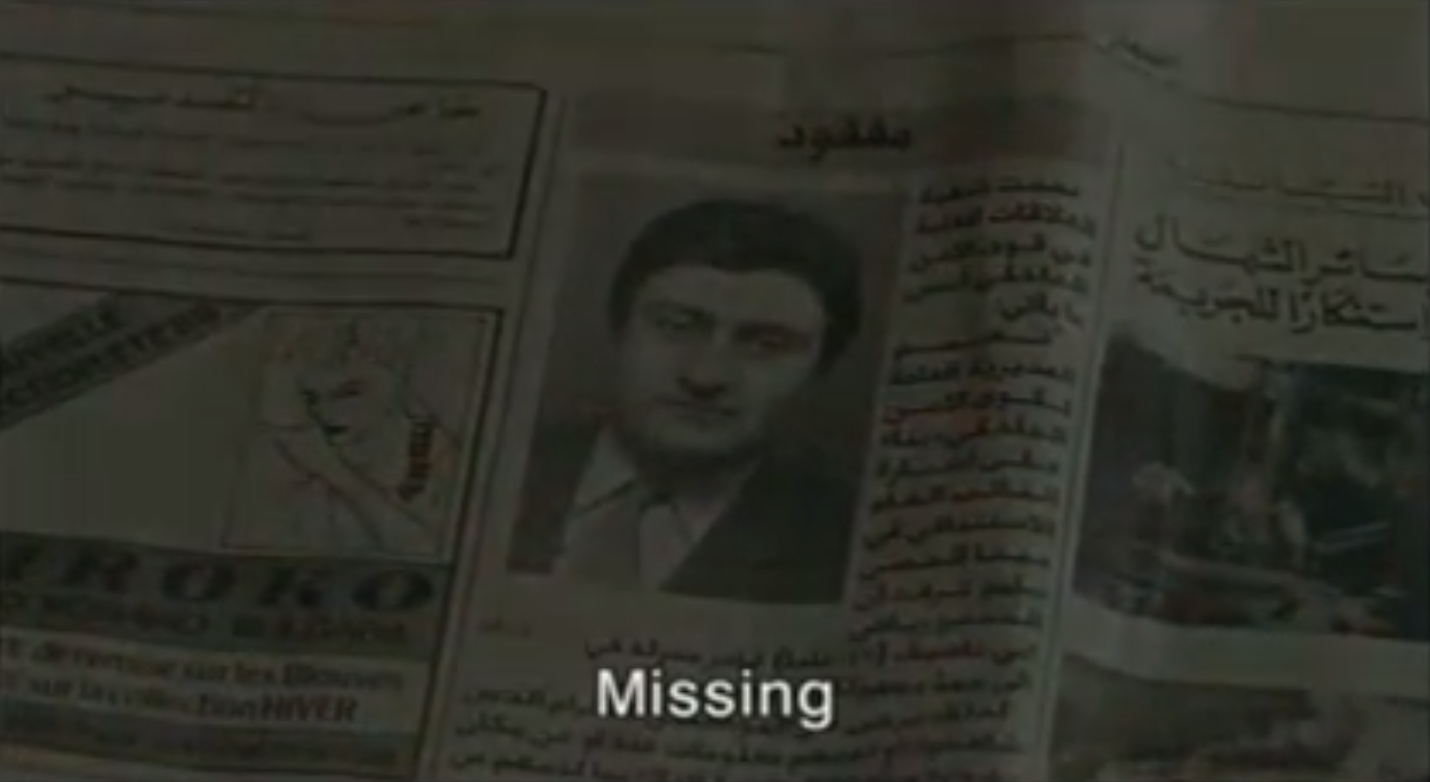
A screen grab of the movie, “Where Do We Go Now?”
Notable examples: Where Do We Go Now?, Under the Bombs.
Recently illustrated by Nadine Labaki’s “Where Do We Go Now?”, this is another staple of Lebanese conflict-oriented movies.
4. The Forbidden Love Affair Between a Man and a Woman From Different Sects
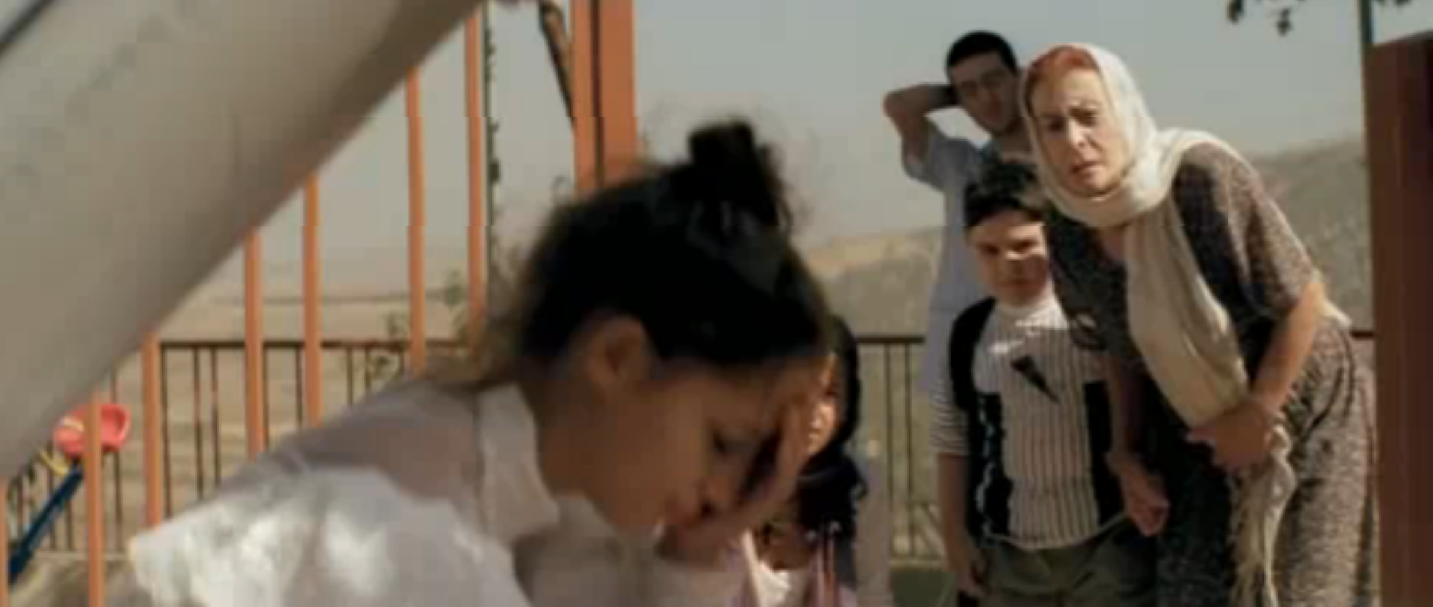
A screen grab of the movie, “The Kite.”
Notable example: The Kite, Tannoura Maxi
Also centered on the ideas of conflict and cleavage, this usually involves the secret love between a Christian and a Muslim, a Lebanese and an Israeli… (and the complications that ensue). The combinations are endless, and so is the theme’s popularity. A Romeo and Juliet story for the modern, Middle Eastern ages.
5. Pressure (to Marry, to Have Children) Brought on by a Conservative society
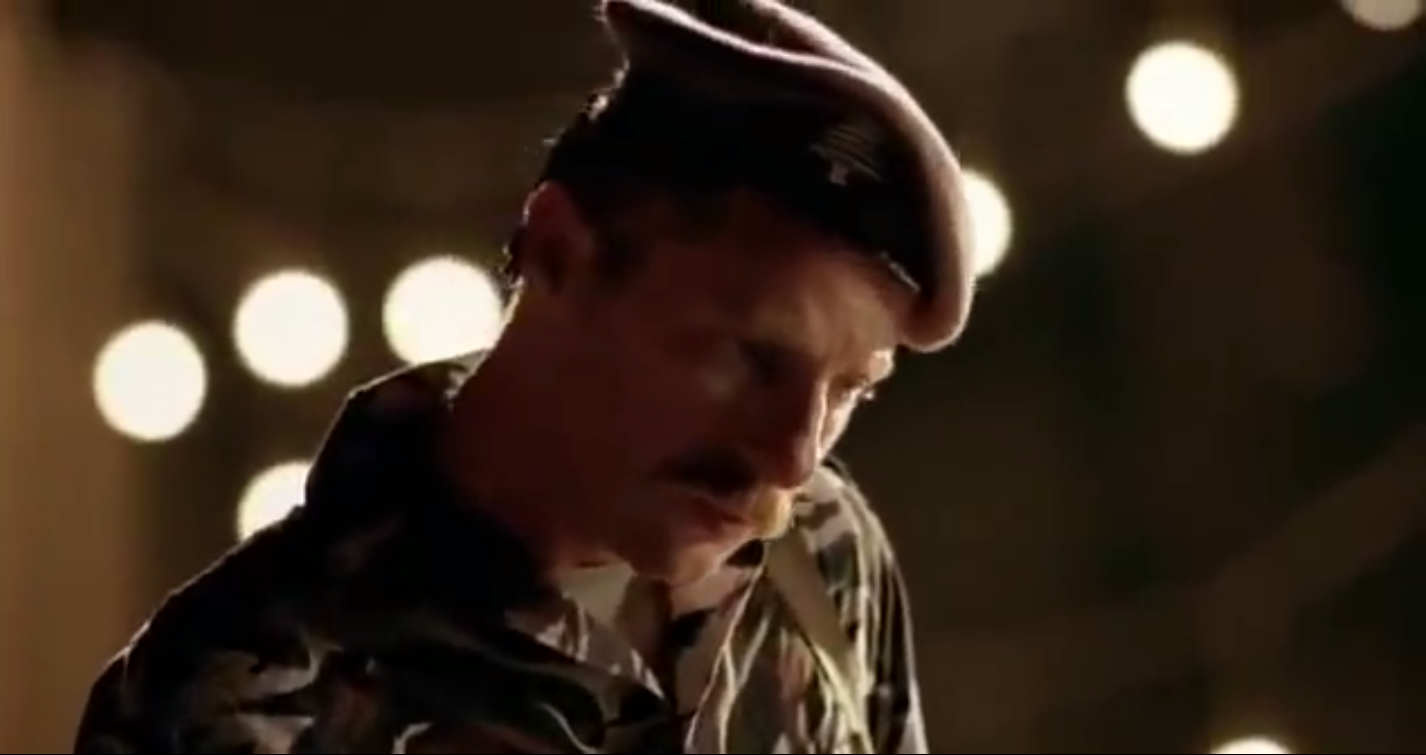
A screen grab of the movie, “When Maryam Spoke Out.”
Notable examples: When Maryam spoke out, Caramel
Another theme that’s representative of the country, and most notably illustrated by the award-winning “When Maryam Spoke Out.” When it comes to Lebanese cinema, the social element is generally a no-brainer.
Bonus: Four Shots that Come Up in Every Lebanese Movie Ever (how’s that for a stretch?)
– A shot of destroyed buildings in downtown Beirut (like this scene in Phantom Beirut)
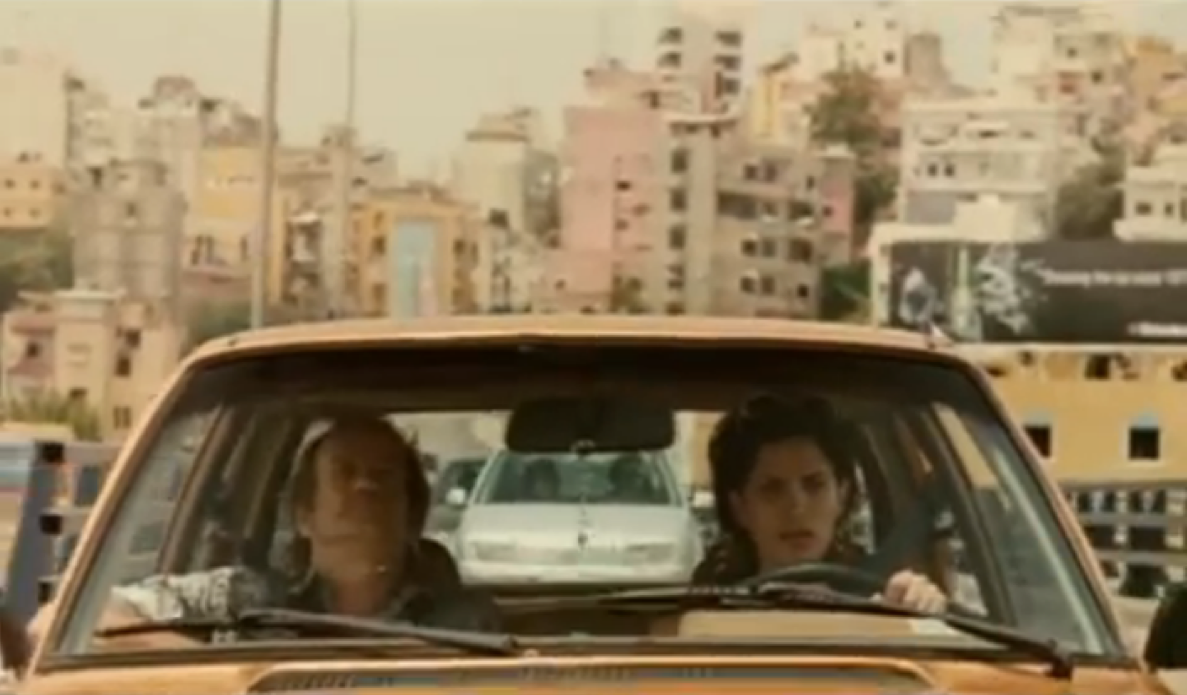
– A shot of women lingering on balconies (like this scene in Sur Ton Sein).
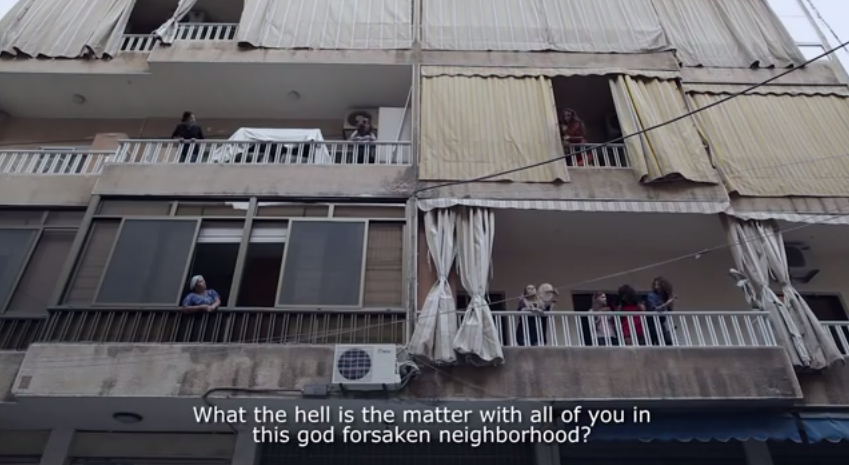
– This shot of people in a car with the city in the background (like this scene in Melodrama Habibi)

– And this one of an armed guard or policeman totally rocking the mustache (like this scene in Caramel)
/article/30818/600x600)
